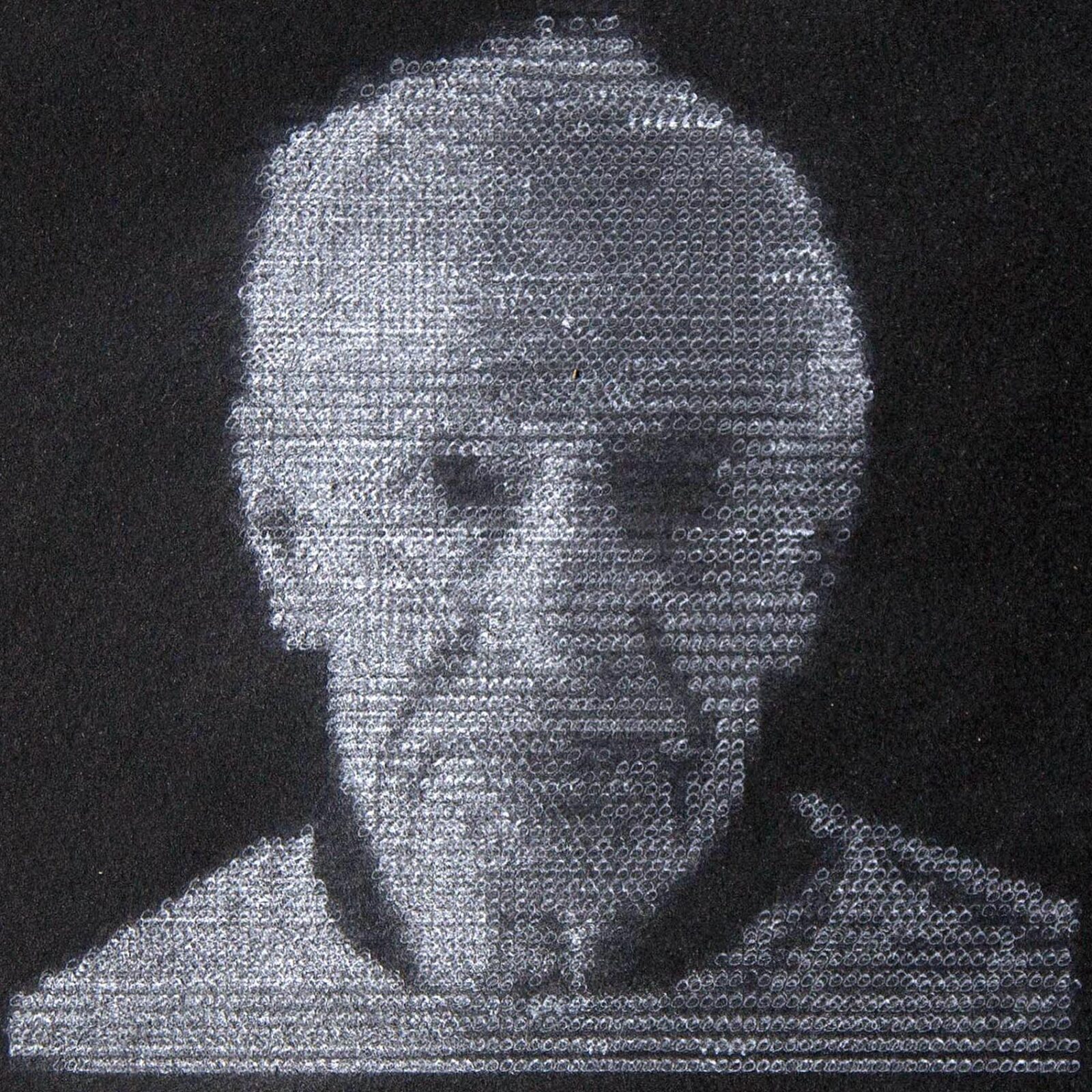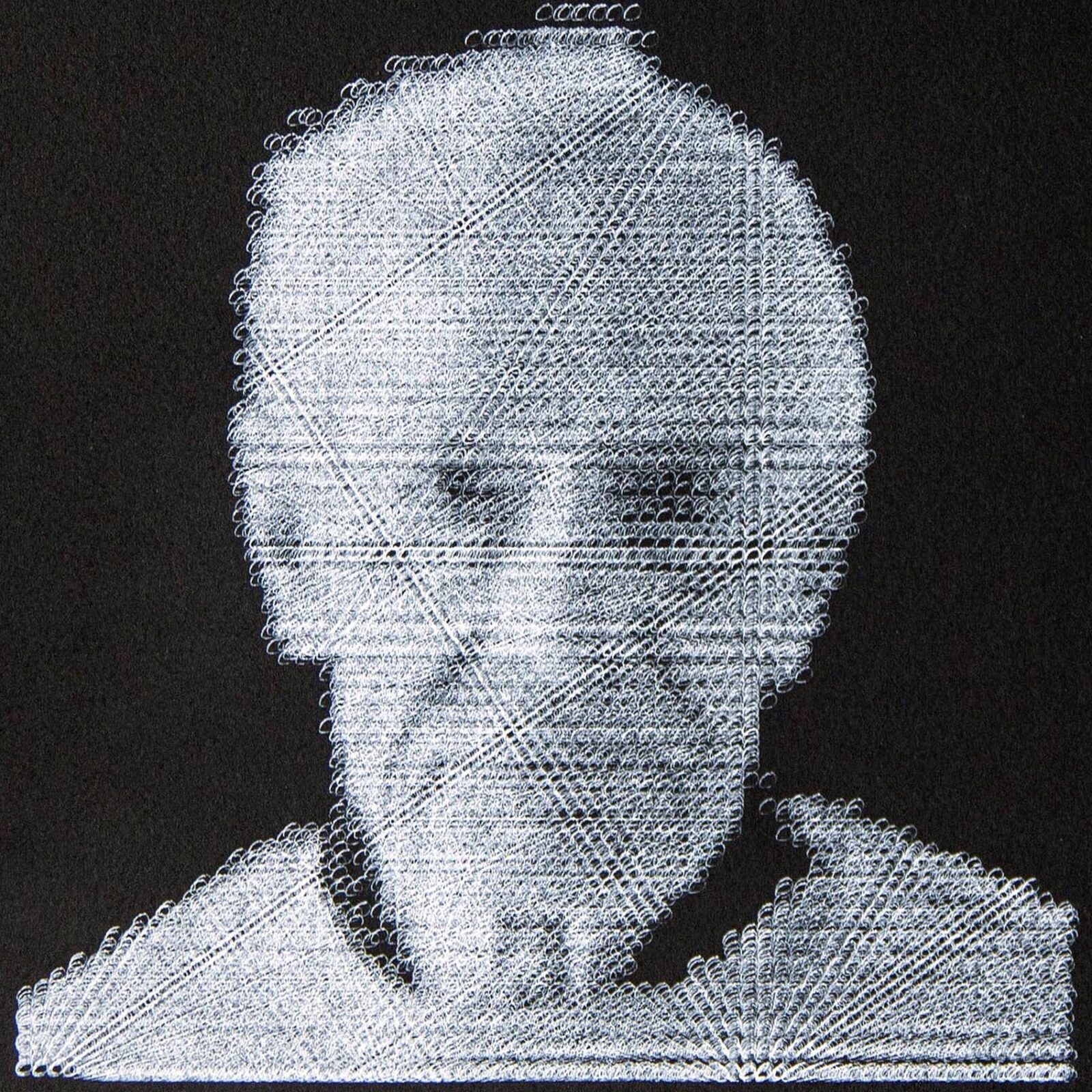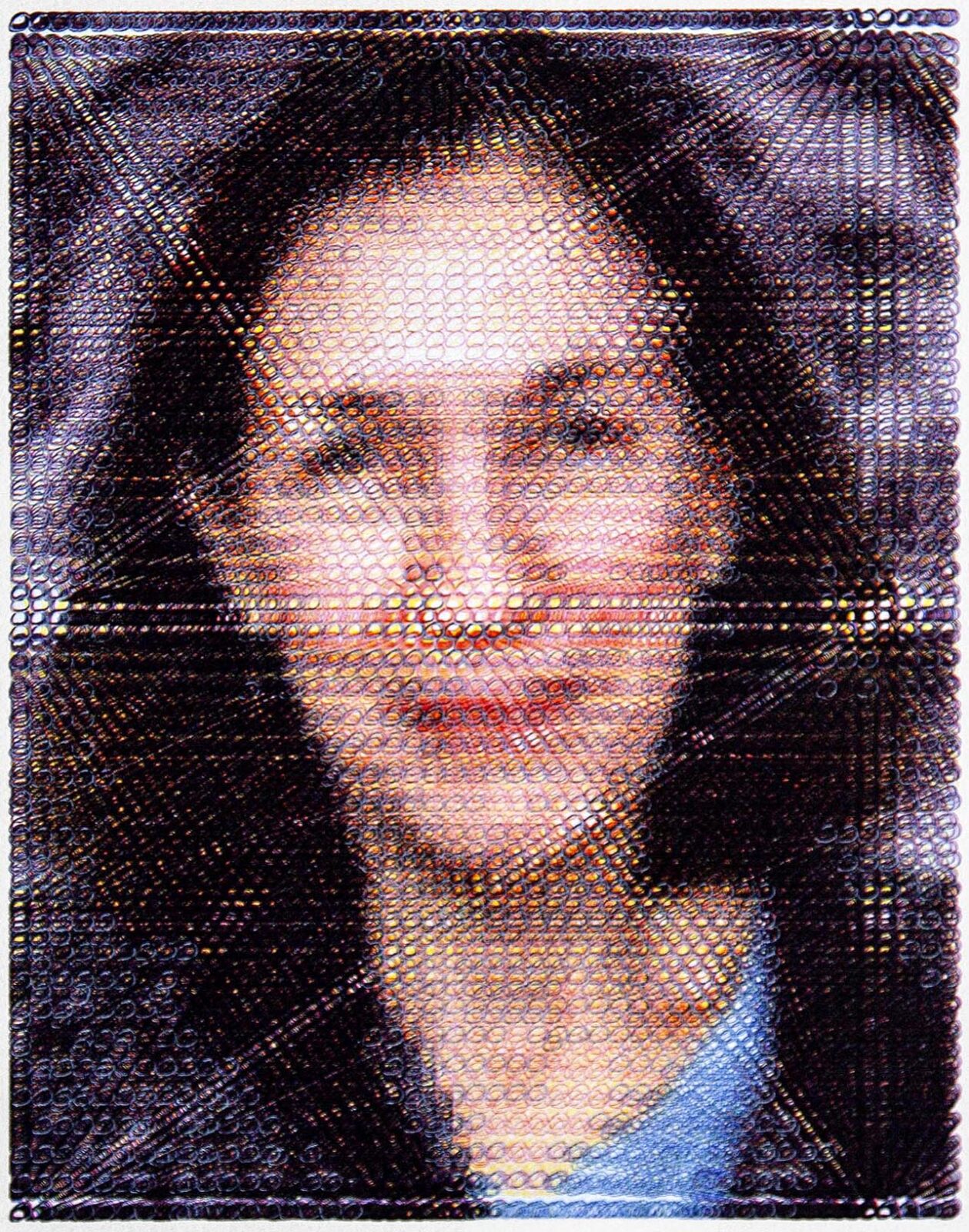The AxiDraw is a simple, precise, and versatile pen plotter, capable of writing or drawing on almost any flat surface. It can write with fountain pens, permanent markers, and many other writing implements to handle an endless variety of applications. Its unique design features a writing head that extends beyond the machine, making it possible to draw on sheets larger than the machine itself.
I have two of these little machines in my studio, an early model V3 that can cover areas up to letter size (8.5 x 11 inches) and a later model V3/A3 that can cover up to tabloid size (11 x 17 inches). The X/Y movement is very clever and is accomplished using with two stepper motors which drive a single toothed belt to move the drawing head in both X and Y directions simultaneously. A small servo motor is used to lift and drop the pen. Because each of my typical drawings have tens hundreds of thousands of lifts and drops, the servo motors frequently wear out and I keep a supply on hand for replacements.
The AxiDraw is intended to read a number of common vector image file formats. For each vector in a given file, the AxiDraw lifts the pen, moves to the start of next vector in the file, drops the pen, moves (draws) the vector, and repeats until all vectors have been drawn. I’d previously written a program to convert my ShopBot movement instructions into AutoCad DXF format so I could preview my work in Adobe Illustrator and these files worked OK with the Axidraw so…
Around March of 2018 I began to produce vector files for the AxiDraw using my handwriting (meaningful text or just X’s or O’s). Other drawings uses simple geometrics like diamonds or squares. Although the sheet size can be any size, the size of the drawing area for each run is constrained to the AxiDraw’s limits of movement.
The two “Dad” drawings below are identical (same drawing, same ink, same paper), except that the paper for the ‘whiter’ one was first painted with sumi ink. The sumi acted like size to make the paper less absorbent and the white ink didn’t soak in and piled up more opaquely.
The drawing of my wife, Linda, was done in five ink colors in order: yellow, red, blue, black, white. Each mark is the letter “O” in my handwriting and each successive layer of each color was drawn in slightly larger O’s, so an interesting moire or interference pattern developed, an artifact of my mathematics in locating each “O.” This kind of surprise is so delicious!



